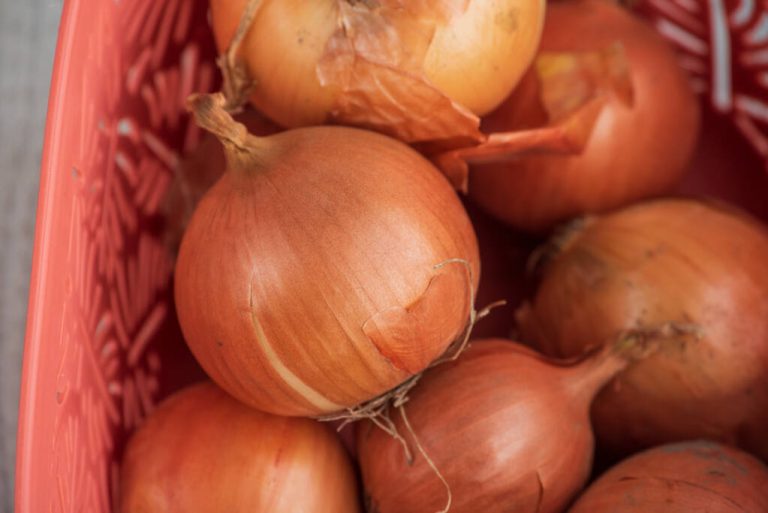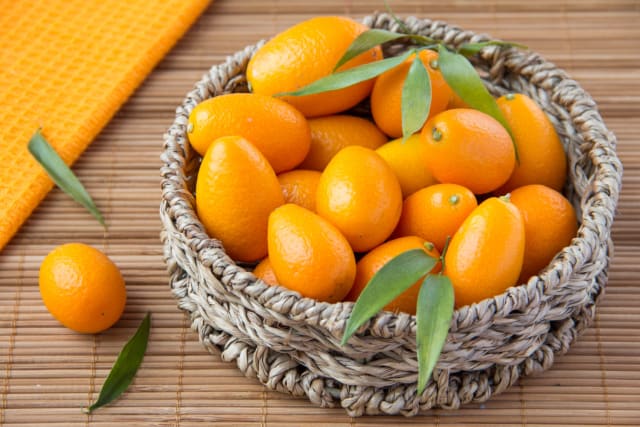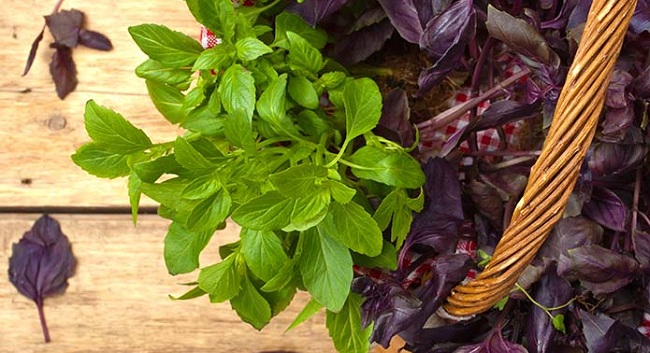We usually throw onion skins straight into the trash. That’s a shame, because the dry shell and the outer skin contain a lot of healthy substances – and you can use them in many different ways.
I guess most people don’t think twice when they throw onion skins in the trash. The paper bowl is really useful and healthy. The inconspicuous onion peel and the outer skin layers of the onion hide fiber which, if consumed in sufficient quantities, is said to reduce the occurrence of heart disease, diabetes, colon cancer and obesity. Also: flavonoids, which are also said to have vascular-protecting and cancer-preventing effects, and other healthy substances.
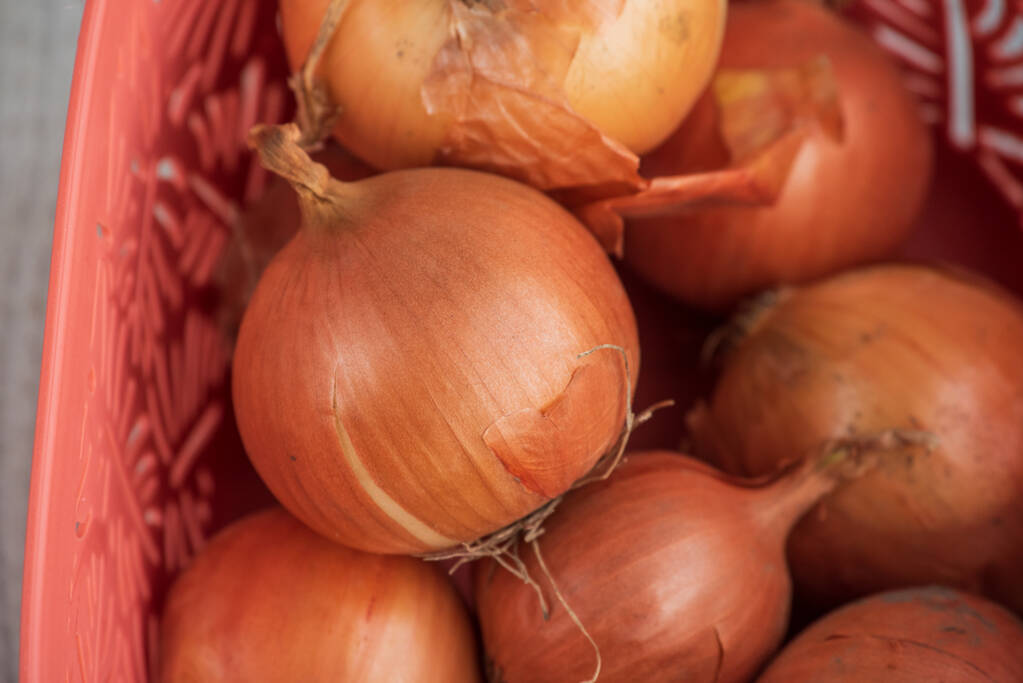
1. Onion peel in the soup
A good way to use onion skins together with healthy ingredients: off to the soup. Simply add washed onion skins (we recommend organic onions) to the water when you cook a soup and fish them out again at the end. The onion peel is not only healthy, but also refines the taste and gives vegetable soups in particular an appealing colour.
2. Dye hair naturally
I’ve got an onion on my head, I’m a doner kebab?” Nonsense aside. Onion skins are actually said to be excellent (and without nasty smells) for natural hair tinting. If you want to get a copper shine without any unhealthy chemicals: Cover about a handful of peels of a yellow onion with half a liter of water (mineral water is recommended on some blogs) and bring to the boil. Simmer for five minutes, cool and strain.
Apply the toner to your hair after washing it and leave it on for some time (recommendations vary from 30 minutes to an hour). Repeat this process until you have reached the desired red-brown color intensity.
3. Onion skin stock for healthy plants
Onion skins can also be useful in the garden and for indoor plants. Simply pour a liter of hot water over about 10 grams of onion skins, allow to cool and strain. Then it’s time to water the plants. The onion skin tea provides them with nutrients and prevents mold growth.
4. Dye Easter eggs naturally
The bright colors of supermarket Easter eggs not only look unnatural, they’re also unhealthy. But it’s not difficult to avoid the artificial colors. Onion skins, for example, produce a beautiful, natural golden brown
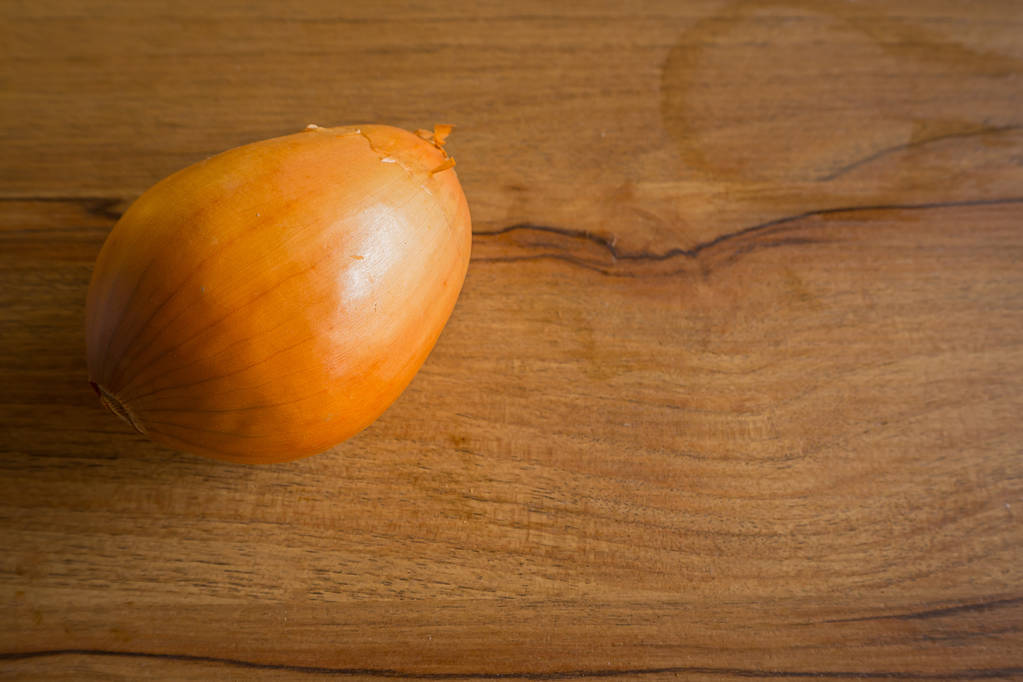
5. Onion tea for colds
This tip is not just about using onion skins alone, but a whole onion – including the skin. Because of its expectorant and antibacterial properties, onion tea is a home remedy for treating a persistent cough.
Simply slice an onion with the skin on and boil it in about half a liter of water for at least five minutes. Drain the onion tea and drink it in small sips while it is as hot as possible. Sweeten with honey if necessary.

